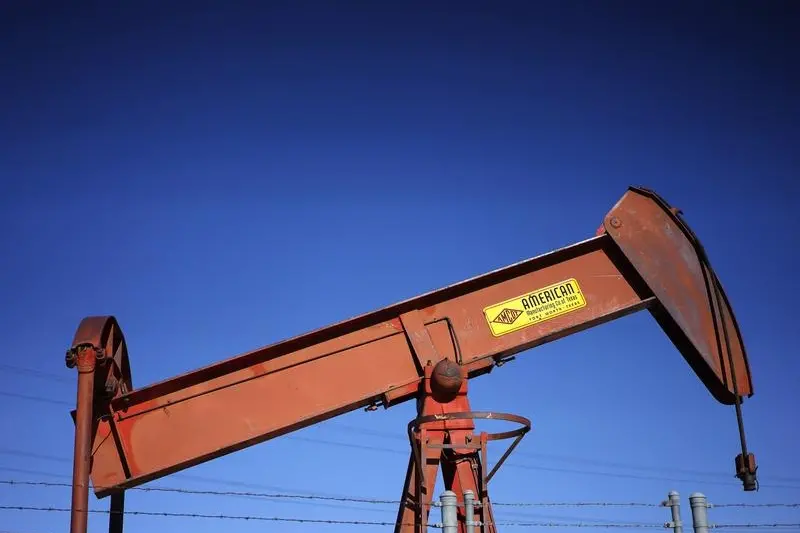PHOTO
LONDON- Oil prices fell on Thursday as investors booked profits after this week's rally, but losses were limited by the ongoing efforts of OPEC and its allies to curb supplies.
Brent crude futures were down 61 cents at $68.86 a barrel by 1247 GMT after rising to a session peak at $69.70, near their highest level since the start of February. U.S. West Texas Intermediate (WTI) futures CLc1 fell 57 cents to $64.60.
Oil prices have risen nearly 10 percent in the last two weeks, boosted by a weaker U.S. dollar and tensions between Iran and Saudi Arabia that raised concern about Middle East supplies, which are already restricted by an OPEC-led supply deal.
Prices recorded their biggest one-day gain since November on Wednesday after an unexpected drop in U.S. crude inventories.
"The bulls are back in town and they’re all looking for much bigger gains. But I think it is too early and today is really just a reality check," Saxo Bank senior manager Ole Hansen said.
"We have come within half a dollar of key resistance on May crude and that is attracting some profit-taking," he said.
The U.S. Energy Information Administration said on Wednesday U.S. crude inventories fell 2.6 million barrels to 428.31 million barrels in the week ending March 16.
ING said the drawdown was partly due to a drop in imports of about 500,000 barrels per day (bpd) to an average 7.08 million bpd last week and an 86,000 bpd rise in exports to an average 1.57 million bpd.
The dollar, which last month hit a three-year low, has also helped push up oil prices towards the $70 mark, as weakness in the U.S. currency tends to encourage holders of other currencies to buy dollar-denominated assets.
But the confident mood in the oil market has been tempered by U.S. crude production , which climbed to a fresh record of 10.4 million bpd last week, putting U.S. output ahead of Saudi Arabia and closing in on Russia's 11 million bpd.
U.S. production rises have been countered by the deal to cut output by the Organization of the Petroleum Exporting Countries, Russia and their allies. The agreement has run since the start of 2017 and is due to expire at the end of 2018.
(Additional reporting by Amanda Cooper in LONDON and Henning Gloystein in SINGAPORE Editing by Edmund Blair and Jon Boyle) ((Henning.gloystein@tr.com; +65 6870 3263; Twitter: @hgloystein))












